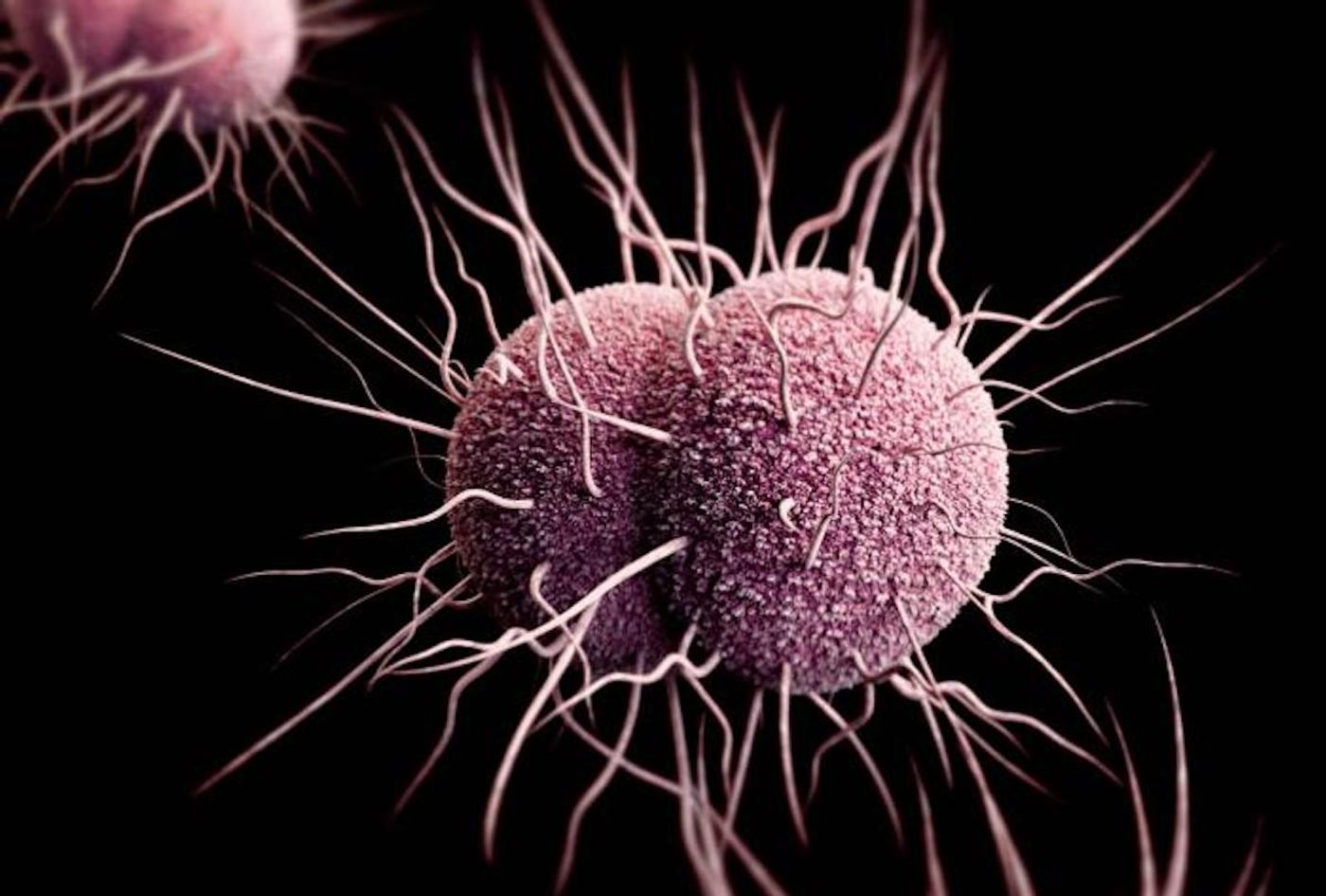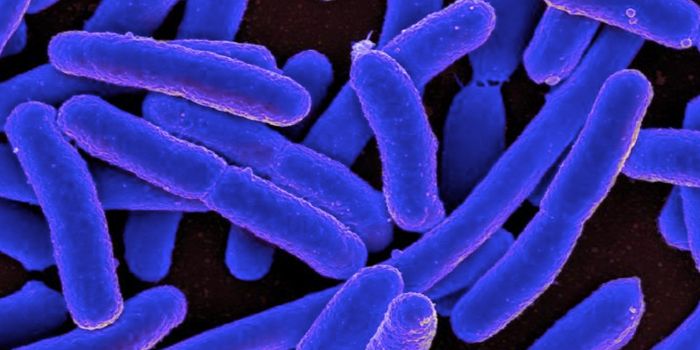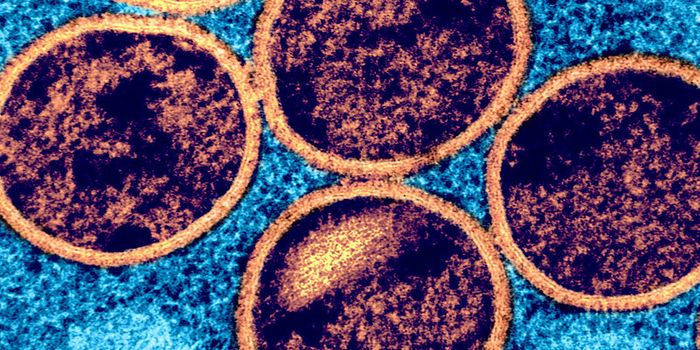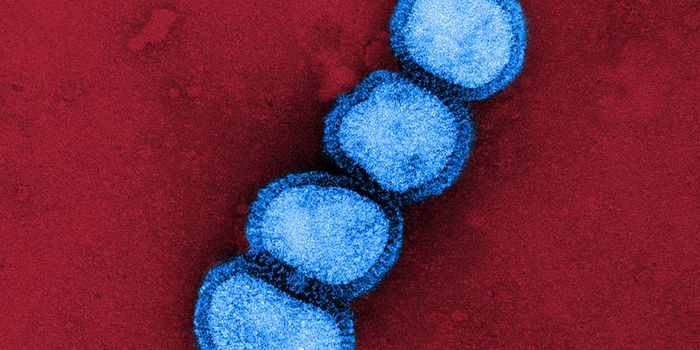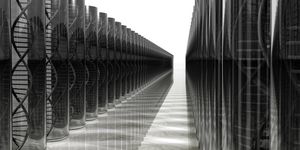Microbes Create an Electrical Grid in Nature
The world is full of single-celled organisms, which can be found virtually everywhere from hydrothermal vents in the deep ocean to melting glaciers. Researchers have now found that bacteria living in soil produce proteins that can act like an electrified nanowire. This protein can be switched on and off by the microbes, generating a kind of natural electrical grid that's penetrated soil and ocean bed environments that lack oxygen. The findings have been reported in Nature.
“The ground beneath our feet, the entire globe, is electrically wired,” said senior study author Nikhil Malvankar, assistant professor of molecular biophysics and biochemistry at Yale University. Although these bacterial hairs were once hidden to us, they "are the molecular switch controlling the release of nanowires that make up nature’s electrical grid.”
Most living organisms take in oxygen, which takes up the excess electrons that are generated during the natural metabolism of nutrients into energy. There are organisms that are capable of living in oxygen-free or anaerobic environments, however, like bacteria that live underground or in the ocean. These creatures have evolved ways to 'breathe' minerals, conducting respiration through their tiny filamentous nanowires, which 'exhale' electrons.
Scientists once thought proteins called pili were crucial to nanowires. But research reported in 2019 and 2020 by Malvankar and colleagues indicated that nanowires were made of other proteins entirely. Anaerobic bacteria express two proteins called cytochromes OmcS and OmcZ that generate the nanowires.
“This was a surprise to everyone in the field, calling into question thousands of publications about pili,” Malvankar said.
In this study, the investigators used cryo-electron microscopy to analyze the structure of the nanowires. They found that pili proteins stay behind in the bacteria and function as little pistons that push the nanowire proteins outward into the surrounding environment.
These unexpected findings may now enable scientists to learn how to engineer nanowires with different functions and capabilities. Researchers are interested in using these bacterial electrical grids to produce biofuels, electricity, or electronic components that might be able to repair themselves. They may even be useful for eliminating toxic waste.
Sources: Yale University, Nature
